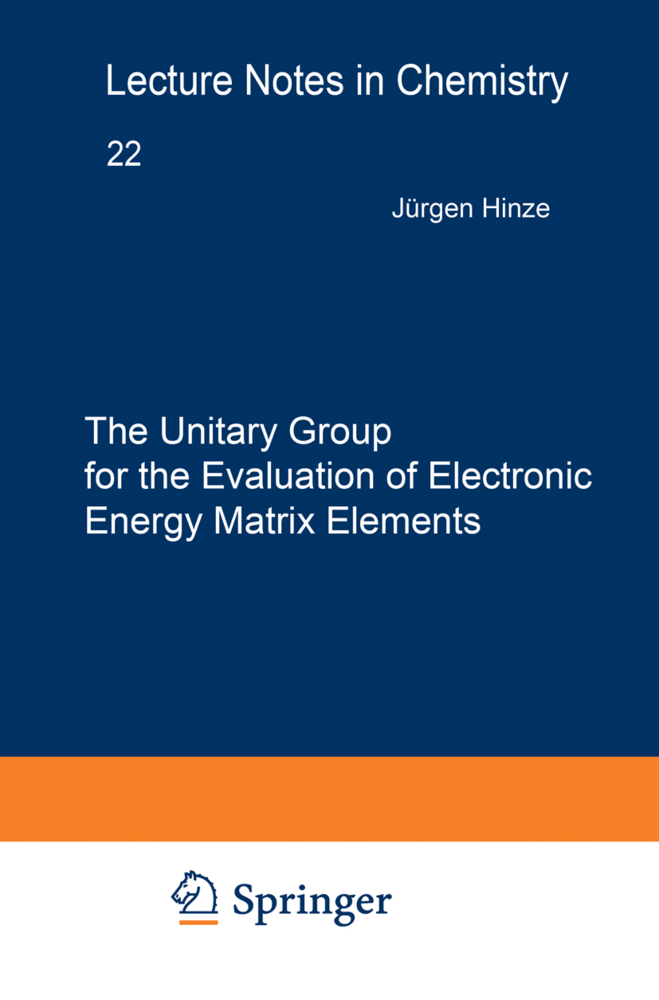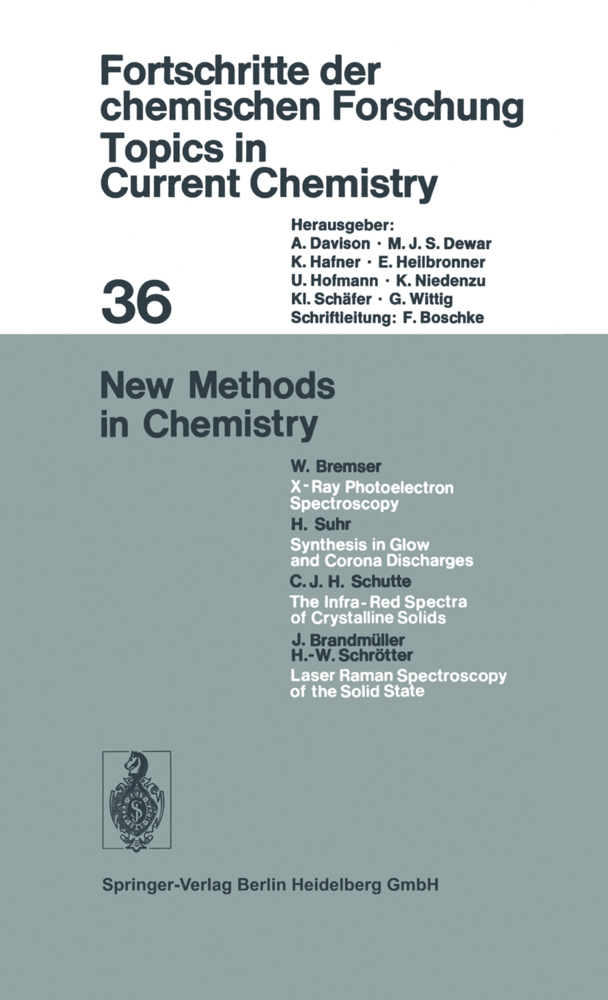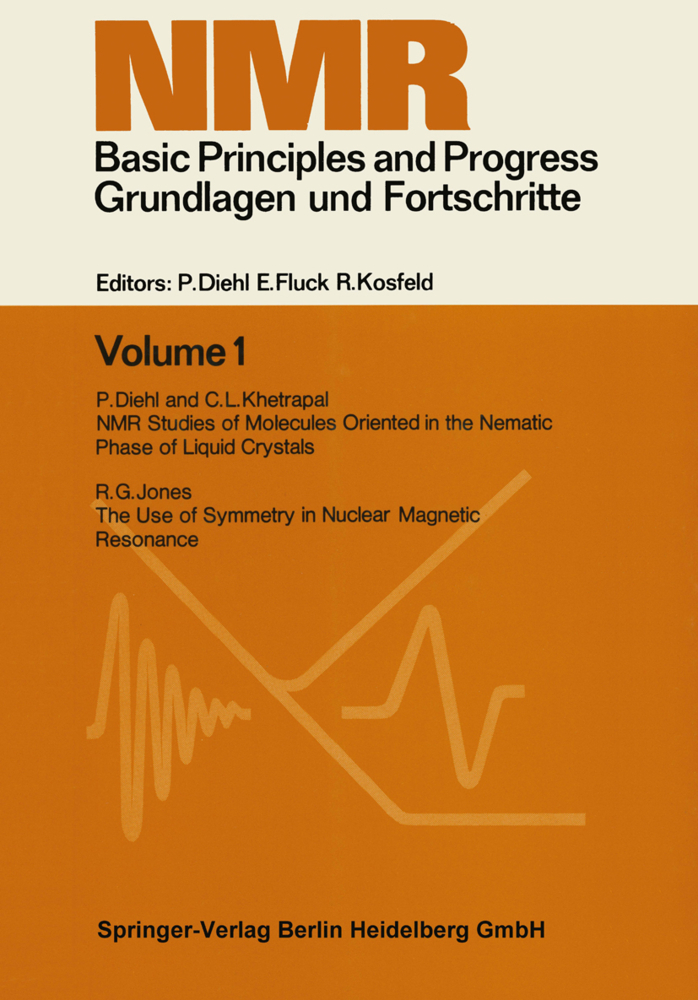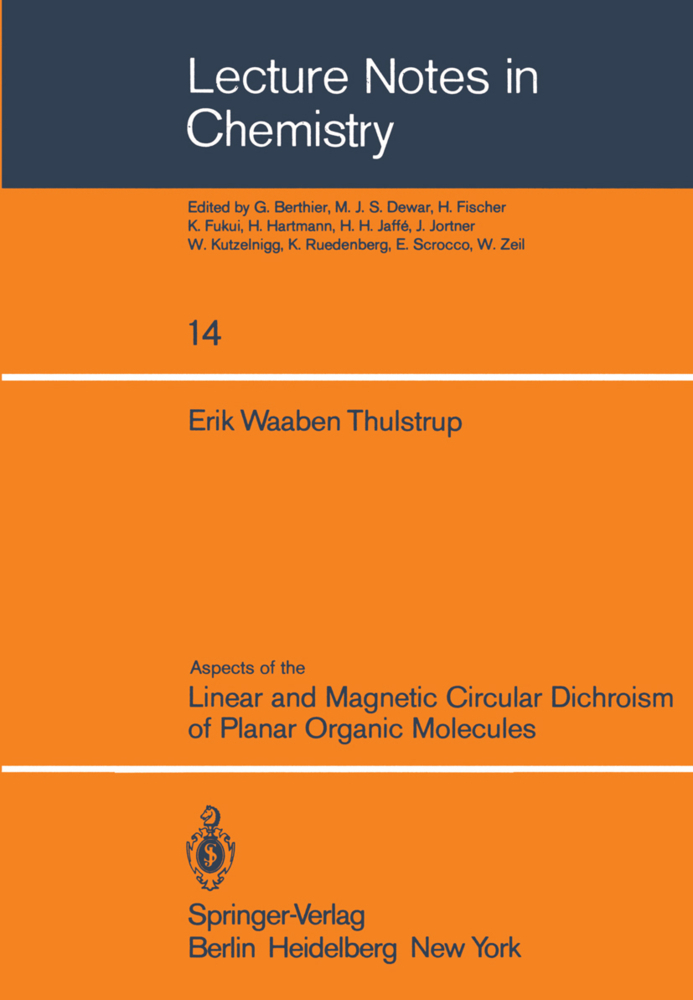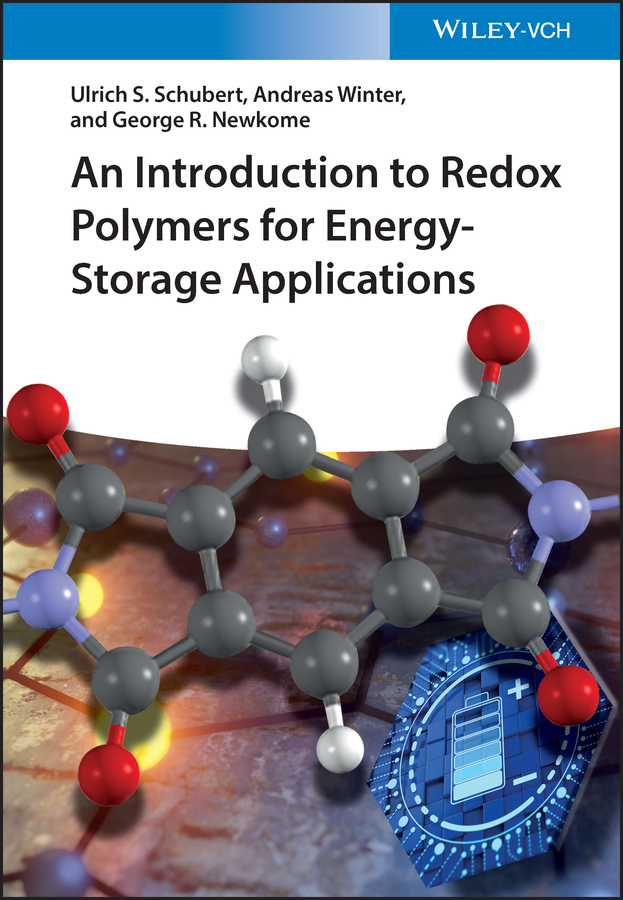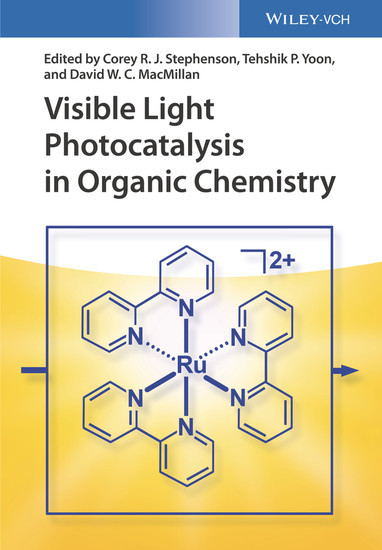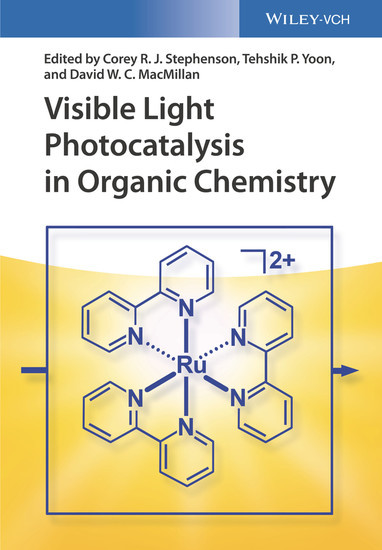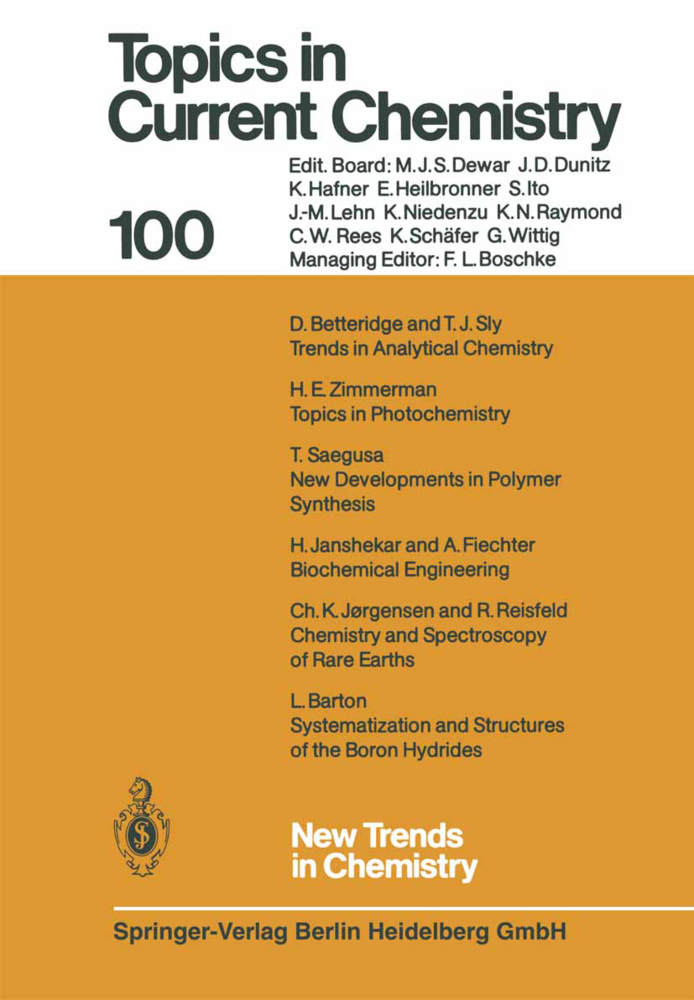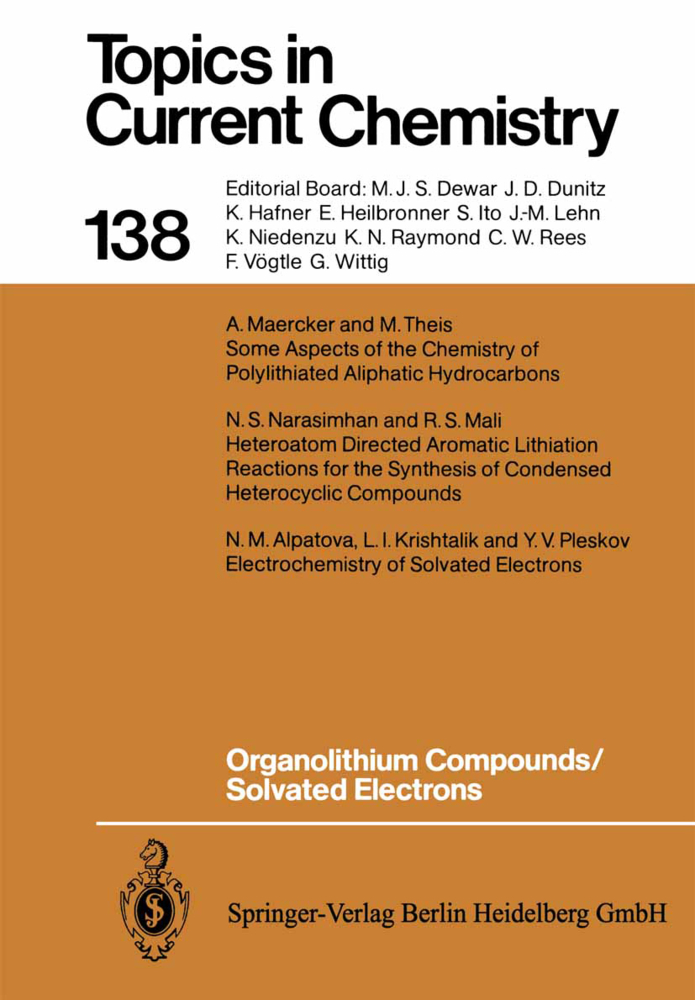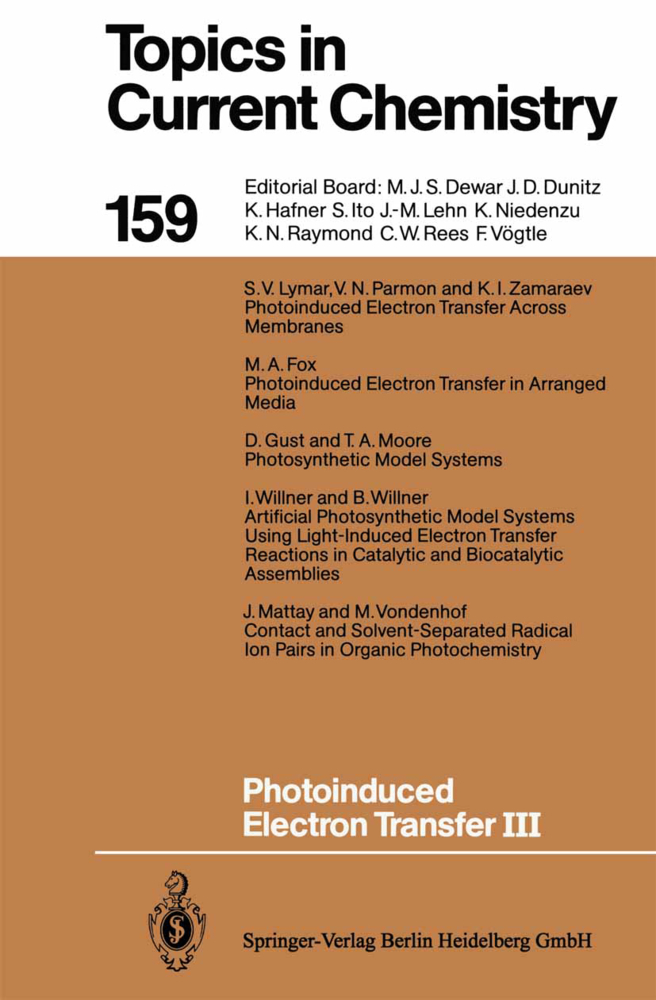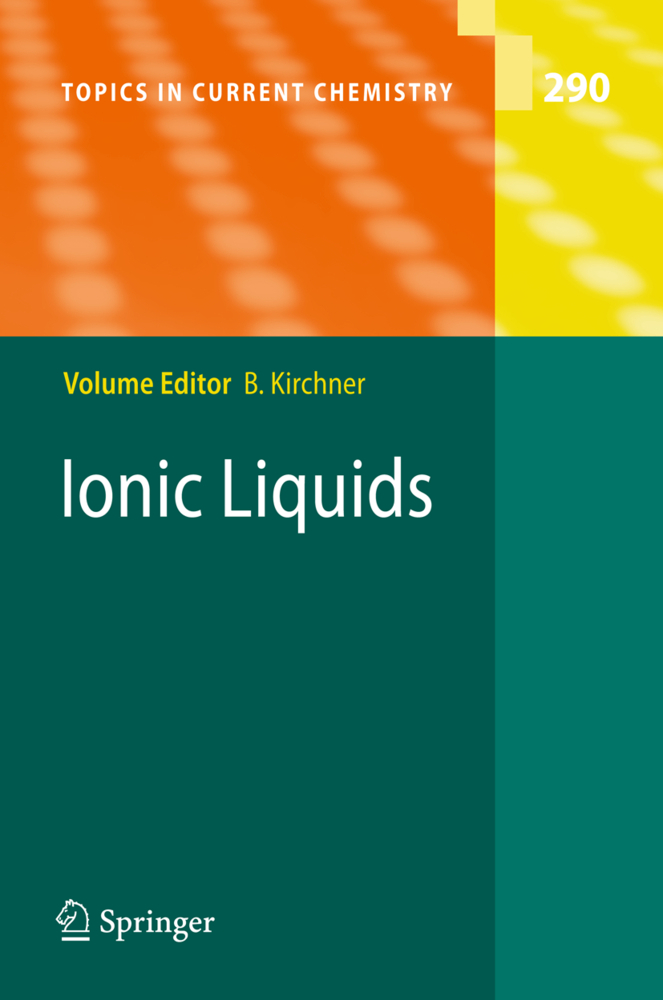The Unitary Group for the Evaluation of Electronic Energy Matrix Elements
Unitary Group Workshop 1979
The Unitary Group for the Evaluation of Electronic Energy Matrix Elements
Unitary Group Workshop 1979
During the last thirty years, with the development of high speed electronic computers, methods have evolved, which permit an accurate and quantitative, ab initio determina tion of the electronic wavefunctions of atoms and molecules. Thus a detailed elucida tion of the electronic energy and structure of molecules has become possible using quantum mechanics directly. Ho\~ever, it is necessary, if such calculations are to yield accurate and reliable results, to include electron correlation explicitely, which requires in general . configuration mixing procedures with an extremely large 5 number of configurations, of the order of 10 configurations. With eigenvalue problems of this size, the limits of even the largest and fastest computers are reached rapidly, and their solution has become possible only, because direct methods have been deve~ loped which permit the determination of eigenvalues and eigenvectors for such large matrices iteratively without constructing the energy matrix explicitely. These direct methods had been limited to the description of closed shell systems, i. e. systems with a single dominant closed shell reference determinant. This limitation arose, because with an open shell reference or with several reference determinants, no procedures were known, which allowed a rapid calculation of the energy matrix elements between configurations with general and widely different spin couplings, which would be necessary. Recently such methods have been developed, based on early work of Gelfand, Biedenharn and Moshinski using a unitary group representation of different spin coupled states; Paldus achieved an extremely compact description.
3. A Harmonic Level Approach to Unitary Group Methods in CI and Perturbation Theory Calculations
4. Many-Body Correlations Using Unitary Groups l
5. Factorization of the Direct CI Coupling Coefficients into Internal and External Parts
6. Multiconfiguration Self-Consistent-Field Wavefuntion for Excited States
7. Minicomputer Implementation of the Vector Coupling Approach to the Calculation of Unitary Group Generator Matrix Elements
8. New Directions for the Loop-Driven Graphical Unitary Group Approach: Analytic Gradients and an MCSCF Procedure
9. The Occupation-Branching-Number Representation
10. Review of Vector Coupling Methods in the Unitary Group Approach to Many-Electron Problems
11. Symmetric Group Graphical Approach to the Configuration Interaction Method
12. Orbital Description of Unitary Group Basis
13. On the Relation Between the Unitary Group Approach and the Conventional Approaches to the Correlation Problem
14. Unitary Bases for X-Ray Photoelectron Spectroscopy
15. Broken Unitary Tableaus, Itinerant Nuclear Spins, and Spontaneous Molecular Symmetry Collapse
16. CI-Energy Expressions in Terms of the Reduced Density Matrix Elements of a General Reference
17. The Unitary Group Formulation of Quantum Chemistry: Generator States
18. The Unitary Group Approach to Bonded Functions.
1. Unitary Group Approach to Many-Electron Correlation Problem
2. The Graphical Unitary Group Approach and its Application to Direct Configuration Interaction Calculations3. A Harmonic Level Approach to Unitary Group Methods in CI and Perturbation Theory Calculations
4. Many-Body Correlations Using Unitary Groups l
5. Factorization of the Direct CI Coupling Coefficients into Internal and External Parts
6. Multiconfiguration Self-Consistent-Field Wavefuntion for Excited States
7. Minicomputer Implementation of the Vector Coupling Approach to the Calculation of Unitary Group Generator Matrix Elements
8. New Directions for the Loop-Driven Graphical Unitary Group Approach: Analytic Gradients and an MCSCF Procedure
9. The Occupation-Branching-Number Representation
10. Review of Vector Coupling Methods in the Unitary Group Approach to Many-Electron Problems
11. Symmetric Group Graphical Approach to the Configuration Interaction Method
12. Orbital Description of Unitary Group Basis
13. On the Relation Between the Unitary Group Approach and the Conventional Approaches to the Correlation Problem
14. Unitary Bases for X-Ray Photoelectron Spectroscopy
15. Broken Unitary Tableaus, Itinerant Nuclear Spins, and Spontaneous Molecular Symmetry Collapse
16. CI-Energy Expressions in Terms of the Reduced Density Matrix Elements of a General Reference
17. The Unitary Group Formulation of Quantum Chemistry: Generator States
18. The Unitary Group Approach to Bonded Functions.
Hinze, Jürgen
| ISBN | 978-3-540-10287-8 |
|---|---|
| Artikelnummer | 9783540102878 |
| Medientyp | Buch |
| Copyrightjahr | 1981 |
| Verlag | Springer, Berlin |
| Umfang | VI, 376 Seiten |
| Abbildungen | VI, 376 p. |
| Sprache | Englisch |

